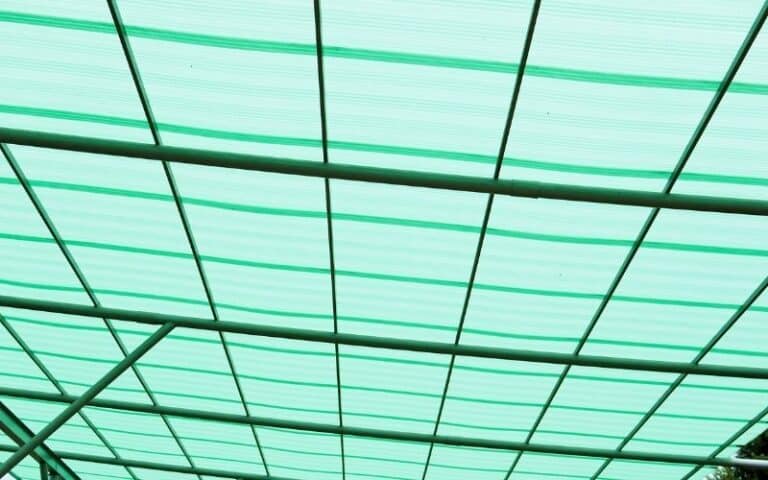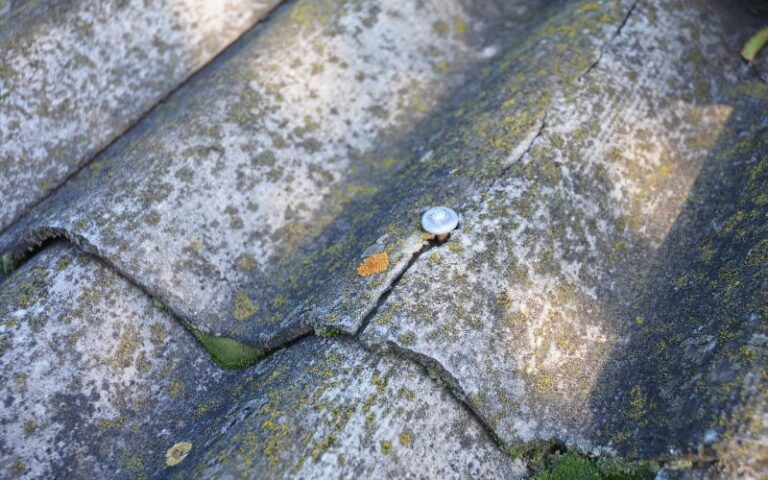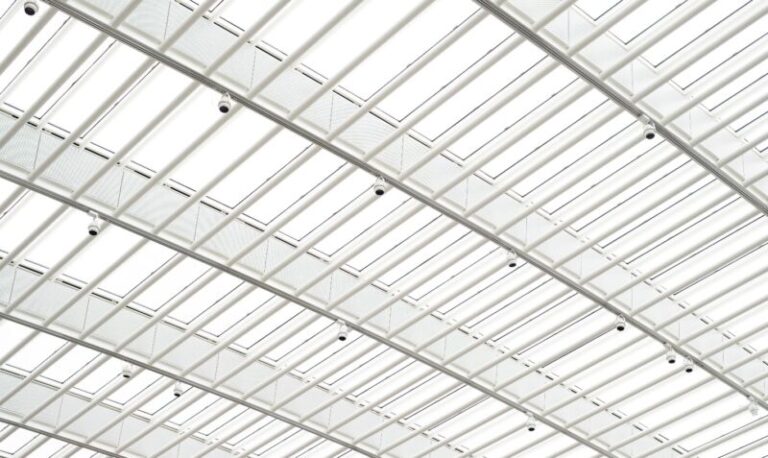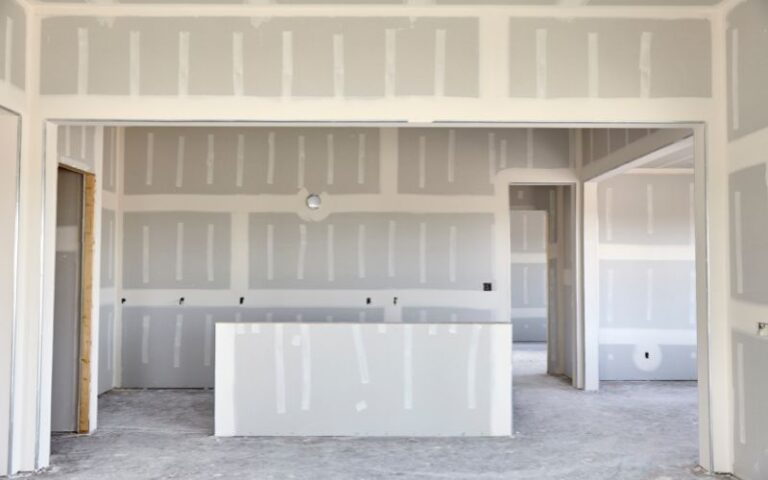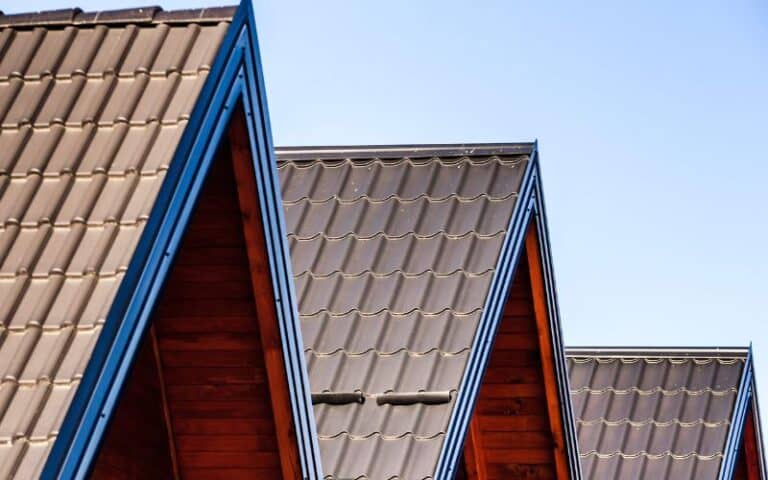Proper insulation of the house is a must for all seasons. It goes a long way to ensure the right temperature in your home as the seasons change.
Proper insulation can cut costs on your energy bill, mainly through summer and winter. Those are the two weather extremes.
A house with good insulation will most likely remain at the right temperature.
Insulation is a double-edged sword. During summer, it blocks the excess heat out of the house. During winter, it locks in the heat generated inside the house, so it stays warm.
The benefits of insulation are priceless if you get it right. So, you should know the right places to target to insulate your home correctly.
You can insulate the underside of your roof. Insulation on the roof deck underside is a vital part of the insulation in any home. Unfortunately, there is no one best way to get this done. Usually, you can choose from a wide range of options based on your budget. In most cases, spray foam insulation serves best.
Ready for a Roofing Quiz?
Do I Need Insulation Under My roof?
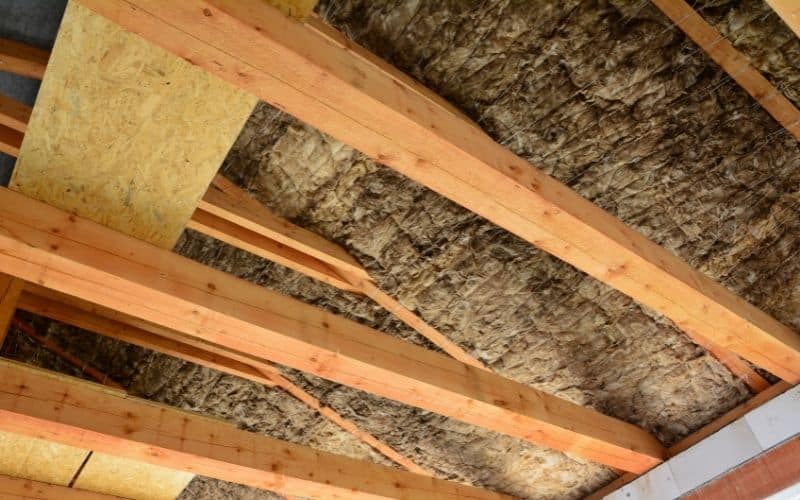
Many people skip insulation under the roof. Instead, they give more care to other areas of the house. There are benefits like lower energy bills with insulation installed directly under roofs.
According to experts, it is the first line of defense against a roof prone to leaks. Besides curbing heat transfer, insulation also blocks out weather elements and insects.
Insulation on the underside of roof sheathings protects the roof itself. No matter the roof material, it responds to the effect of heating and cooling.
The material expands and contracts every time the temperature rises and falls. Recall that proper insulation helps to keep temperature averagely constant.
So, that helps to keep the roof material from much activity due to temperature changes.
You also protect other building parts when you insulate the roof deck underside. The insulation serves to block out the scorching heat from direct sunlight.
Excess heat causes the superheating of a building. Therefore, a building will get better heat protection with insulation under the roof.
No need to say that, in the long run, insulation under your roof will mean fewer expenses. It reduces the need for maintenance on building parts.
That translates to a lesser cost of maintaining a building. Also, you would not have to replace parts now and then.
How Do You Insulate a Roof from the Inside?
You should first ensure your roof has no gaps and air leaks. Roof gaps and air leaks will make any insulation you install less effective.
Once you do that, pick your preferred insulation type. There are a handful of effective options you could choose.
#1. Spray Foam Insulation
Spray foam insulation is perhaps the most effective option. That is because it gets into all the hard-to-reach corners of the roof. But spray foam is quite pricey.
It is vital to note that spray foam is of two types; closed-cell spray foam and open-cell spray foam. Closed-cell spray foam is high density.
But open-cell spray foam is low density. Thus, the closed-cell spray foam is best suited for use inside. Be sure to go with the closed-cell type for the roof sheathing underside.
#2. Rigid Foam Insulation Boards
As the name implies, this setup combines foam on boards. These insulation boards usually have three variants; EPS, polyiso XPS.
Or expanded polystyrene, polyisocyanurate, and extruded polystyrene foam. The board type depends on the foam. Polyiso has the highest R-value of the three and is the costliest.
#3. Blanket Insulation
Blanket insulation is perhaps the least expensive method for roof insulation. Thus a popular choice in many homes. You can get blanket insulation in batts or rolls.
The material makeup of batt insulation is usually a flexible fiber, fiberglass. The size you get depends on how much roof space you have. Blanket insulation is easy to install.
#4. Loose-Fill Insulation
Loose-fill insulation works like spray foam, but it is not as efficient. Loose-fill insulation is available in cellulose or fiberglass.
The fiberglass option causes skin irritation and is not a good match for cold climates. In addition, it loses about half its R-value when temperatures reach sub-freezing levels.
#5. Structural Insulated Panels
Structural Insulated Panels serve as extra layers under the roof deck. They comprise boards with foam in-between.
Though they are high-performance units, they do not have good moisture resistance. Structural insulated panels come in many shapes and sizes.
Is It Recommended to Insulate Under Metal Roofs?
Insulation under metal roofs is a highly recommended choice. Even more than the control of heat transfer, it serves as soundproof.
Metal roofs are naturally noisy. But with the right type of insulation, you can beat the noise down to quiet levels.
At first, people may turn to fiberglass batts to insulate the underside of metal roofs. That is because it is a cheap option and is popular among homeowners.
But you do not want to go for insulation with poor quality. Always put quality first. But, do not go to the extreme to make that happen.
If your budget can only get fiberglass batts insulation, you can install it with a vapor barrier. Fiberglass batt is a low-class vapor retarder. But adding a vapor barrier to the fiberglass batt gives it more function.
Spray foam insulation with open-cell spray foam comes highly recommended for metal roofs. It is a high-class vapor retarder.
Spray polyurethane foam works as air-impermeable insulation, so it has proper moisture control. Unfortunately, air-permeable insulation leads to moisture control issues.
That is not ideal for metal roofs because moisture leads to many roofing problems.
What Is the Best Way to Insulate a Flat Roof from the Inside That Is Not Vented?
An unvented roof underside makes it somewhat easier to insulate the roof. This is because the lack of ventilation cancels out excess airflow in the area.
So, you do not have to worry much about air-impermeable insulation. Still, spray foam is the best way to insulate an unvented flat roof from the inside.
You can spray polyurethane foam on the underside of the structural roof sheathing.
You may fancy the open-cell spray foam since it is air-permeable insulation. But the closed-cell spray foam works best in this regard too.
Yet closed-cell foam plus air-permeable insulation under the structural roof sheathing works too.
How do I Insulate a Roof Without an Attic?
The absence of an attic makes roof insulation more delicate. As a result, it serves as a secondary insulation measure in houses. That goes to say that insulation works better in a roof with an attic.
But that is not all there is to it. A roof without an attic can still have better insulation than a roof with one.
With a lot of airflow without an attic, closed-cell spray foam is the first choice. But other less expensive options are available and will work efficiently, too.
#1. Fiberglass Batt Insulation
When you have rafters that match a fiberglass batt’s width, this option works well too. But ensure the R-value of the batt is what you need in your house.
Look out for the R-value more than the matching width.
The R-value of fiberglass is down to its uncompressed thickness. So, the higher your R-value requirement, the thicker the fiberglass batt you have to get.
#2. Mineral Wool Batt Insulation
Mineral wool insulation is similar to fiberglass batt insulation. The main difference is the choice of insulation material. Then again, mineral wool is heavy.
So you might have some trouble installing and keeping it in place. But polyethylene sheets can come in handy to keep it in place.
#3. Rigid Foam Insulation
The main advantage of rigid foam is its high R-value per inch of thickness. It is, therefore, a perfect fit for areas with extreme temperatures.
The downside of this insulation is that you have few gaps after installation. So, you will still require a can of spray foam to fill the spaces.
But the lack of an attic somehow compensates for that flaw. So it is not costly at the end of the day.
Conclusion
You can insulate the underside of your roof. Insulation installed directly on the roof sheathing underside solves the puzzle. There are many options, but the choice is usually down to budget.
But if you can afford it, the closed-cell spray foam insulation is the best choice for the roof underside.

